Growing Geriatric Population
The increasing geriatric population in the US is a significant driver for the intravenous immunoglobulin market. As individuals age, they become more susceptible to various health conditions, including immunodeficiencies and autoimmune disorders. The US Census Bureau projects that by 2030, approximately 20 % of the population will be aged 65 and older, creating a larger patient base requiring intravenous immunoglobulin therapy. This demographic shift is likely to lead to a surge in demand for immunoglobulin treatments, as older adults often require more intensive healthcare interventions. Consequently, the intravenous immunoglobulin market is poised for substantial growth in response to the needs of this expanding population.
Expansion of Healthcare Infrastructure
The ongoing expansion of healthcare infrastructure in the US is a vital driver for the intravenous immunoglobulin market. With the establishment of new hospitals, clinics, and specialized treatment centers, access to intravenous immunoglobulin therapy is improving. This expansion is particularly evident in underserved areas, where patients previously faced challenges in obtaining necessary treatments. As healthcare facilities enhance their capabilities to administer immunoglobulin therapy, the market is expected to witness a surge in demand. Furthermore, the investment in advanced medical technologies and training for healthcare professionals is likely to facilitate the effective delivery of intravenous immunoglobulin, thereby supporting market growth.
Rising Awareness of Immunoglobulin Therapy
There is a notable increase in awareness regarding the benefits of immunoglobulin therapy among healthcare professionals and patients alike. This growing recognition is significantly impacting the intravenous immunoglobulin market. Educational initiatives and clinical studies highlighting the effectiveness of immunoglobulin therapy in treating various immunodeficiencies and autoimmune diseases are contributing to this trend. As a result, more patients are being diagnosed and treated with intravenous immunoglobulin, leading to an estimated market growth of around 10 % annually. The increased understanding of the therapy's potential benefits is likely to drive demand, thereby enhancing the overall market landscape.
Increasing Prevalence of Autoimmune Disorders
The rising incidence of autoimmune disorders in the US is a crucial driver for the intravenous immunoglobulin market. Conditions such as lupus, rheumatoid arthritis, and multiple sclerosis are becoming more prevalent, leading to a heightened demand for effective treatment options. According to recent estimates, autoimmune diseases affect approximately 5-8 % of the US population, which translates to millions of individuals requiring therapeutic interventions. Intravenous immunoglobulin therapy has shown efficacy in managing these conditions, thereby propelling market growth. As healthcare providers increasingly recognize the benefits of immunoglobulin therapy, the intravenous immunoglobulin market is likely to expand further, catering to the needs of this growing patient population.
Regulatory Support for Immunoglobulin Products
Regulatory bodies in the US are increasingly supportive of the intravenous immunoglobulin market, which is fostering growth. The Food and Drug Administration (FDA) has streamlined the approval process for immunoglobulin products, ensuring that safe and effective therapies reach patients more quickly. This regulatory environment encourages pharmaceutical companies to invest in research and development, leading to the introduction of innovative immunoglobulin therapies. As a result, the market is likely to experience an influx of new products, catering to diverse patient needs. The favorable regulatory landscape is expected to enhance competition and drive down prices, ultimately benefiting consumers and healthcare providers.


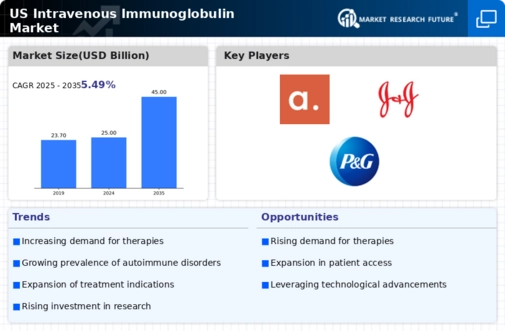
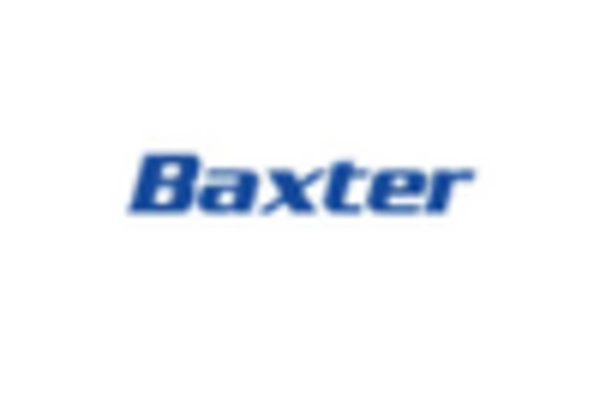
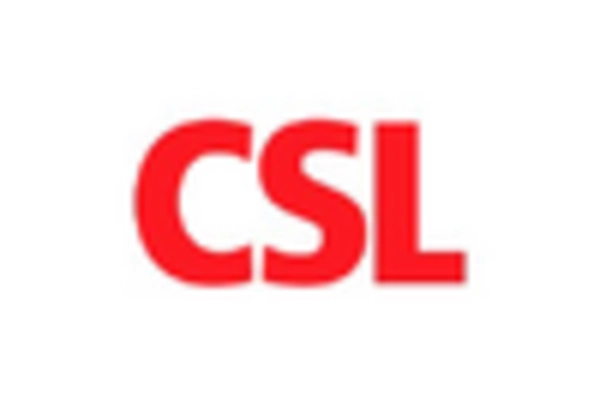
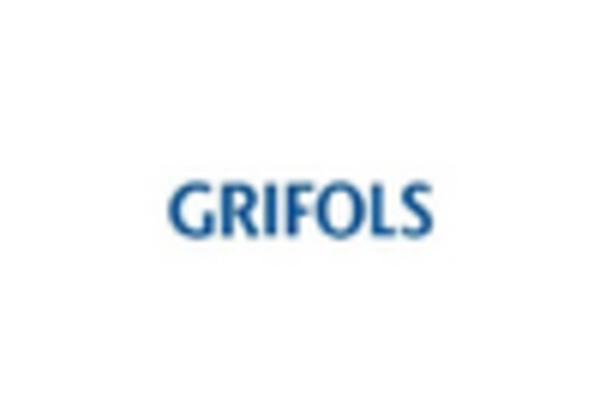
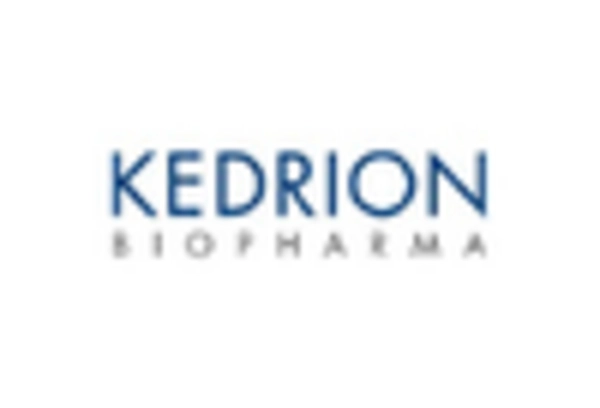
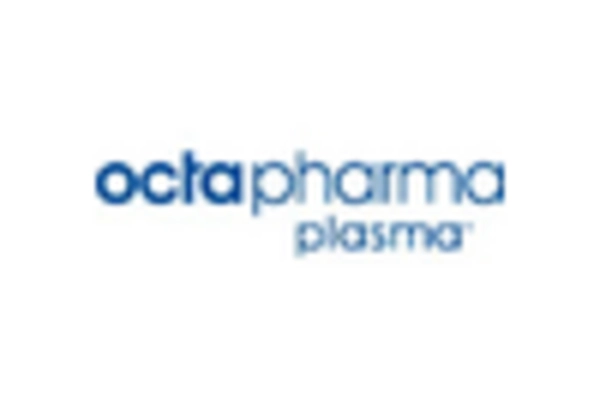
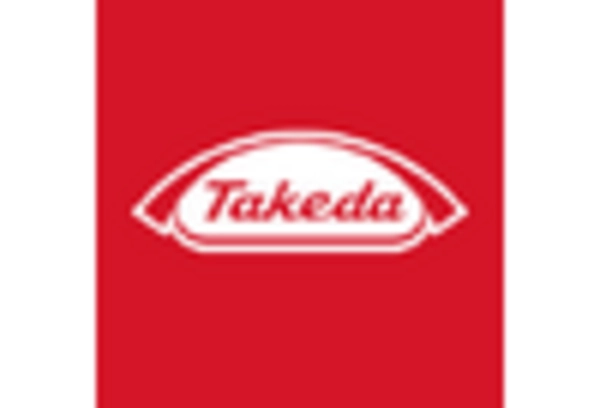








Leave a Comment